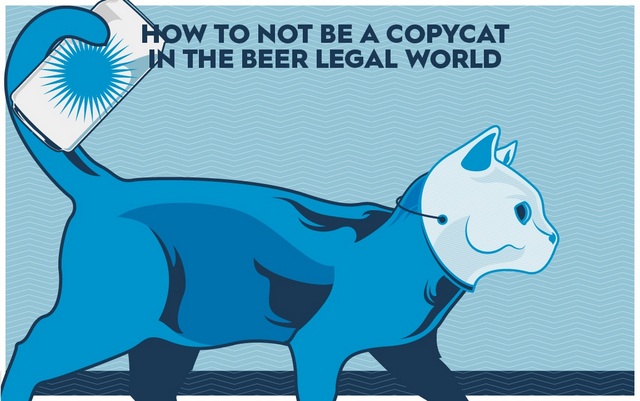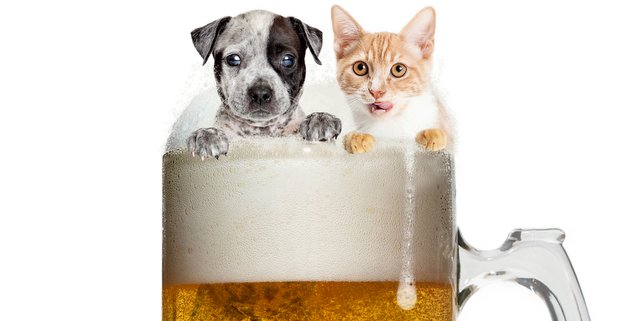
We’ve all heard it before, a brewery releases a beer into the market and is slapped in the face with a cease and desist from another company for either their imagery or name. You ran your USPTO search and didn’t throw a dart at a hop pun, so what gives?
Beer isn’t safe within its own walls — the U.S. Patent and Trademark Office claims all alcohol under the same blanket beverage terms, so a winery or distillery with a similar term already filed under the trademark office can swoop in from the opposite coast. Large-scale companies are known to unleash their special ops-level legal teams to squelch small businesses with trademark objections.
And they’re not wrong — okay, sometimes it’s ridiculous — but “defending a trademark isn’t dirty… If they knowingly do not pursue conflicts, it could be deemed that their lack of protection or non-enforcement is abandonment, or acceptance that the mark is not unique, so they would in turn lose the rights they worked so hard to establish.” [Source : BeerAdvocate] However, by filing a complaint, the affected party can’t recoup legal fees as they would in a true lawsuit. Which can spell blood in the water for a small business.
Almost no hop references are safe unless they are really outside of the box, and even energy drinks, notably Monster and Red Bull, are known to jump on trademark contentions with breweries. Monster has filed against references to slash marks, the term “Chaos” or similar name patterns, and Red Bull spikes most things bovine as soon as a descriptor is filed at the trademark office.
Even if a design firm does its part to propose a unique mark, that is not legal guidance. Once a design is finalized, a trademark attorney should be consulted before going to print to have everything above board, as something may crop up across the country that the design firm had no knowledge of. References are used frequently in artwork generation, but due diligence is on the brewery owners’ heads. A similar aesthetic style may already have been filed and the subject matter is different but still too close for comfort to the artist filing. Or, the opposite problem can arise — the way the art is rendered is unique, but the reference source used can easily be seen when compared directly to it.
Take for instance, the Shepard Fairey lawsuit involving a misuse of Mannie Garcia’s Associated Press photo of Obama that ultimately became the HOPE poster. Fairey was set as an example to ward off similar future conflicts, with a sentence of 300 hours of community service and a $30,000 fine. And that doesn’t even include the licensing rights complications of having a poster that had been promoted heavily worldwide. Ouch.
It’s especially important to catch any naming conflicts before you greenlight sending a project to a design or marketing team. If caught midstream, they may have already used your budgeted hours to develop a hand-lettered wordmark of your debunked name that has to be scraped or created a highly specific illustration centered around a now irrelevant concept. Resulting Frankenstein logos or packaging happen with synonyms, but they often can feel shoehorned in if the name has to change substantially. Trademark law is no laughing matter, and is best nipped in the bud with a legal search by a trained professional than waiting for a financial hangover later.
Written by the team at Watermark Design, a nationally-recognized branding and design studio. Watermark has been marrying design + craft beer since 2010, creating award-winning brands and package design for their clients’ breweries. Their love of beer + storytelling through design collide into some amazing collaborations. They are passionate about their craft, if you are passionate about yours, give them a call.





[…] Keep reading our featured article on CraftBrewingBusiness! […]